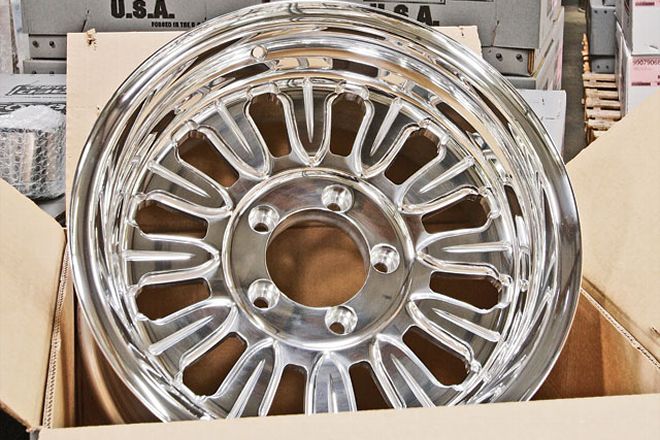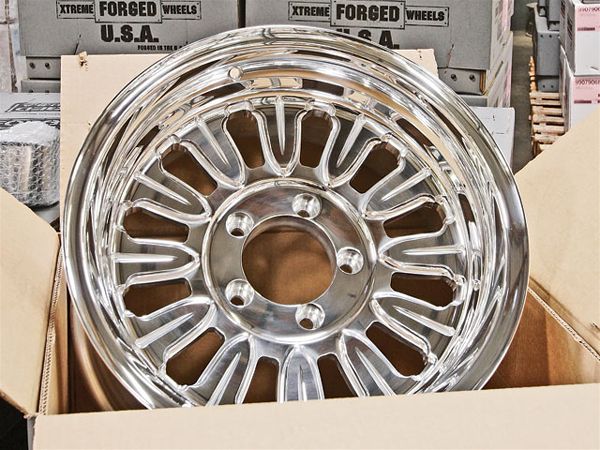
 Ken Brubaker
Senior Editor, Four Wheeler
Ken Brubaker
Senior Editor, Four Wheeler

This time around in our ongoing "How They Build It" series, we examine how a Pro Comp forged wheel is manufactured. Recently we had the unique opportunity to tour the facility that manufactures the forged Pro Comp Stryker, Squadrant, and Sabre wheels. We were graciously provided access to the entire plant so that we could show you the fascinating process of how these wheels are created.
Producing these good-looking and extremely durable wheels is no easy task. Every step-from research and development to testing to material selection to manufacturing-is scrutinized, analyzed, and intensely monitored to ensure a top-quality product.













